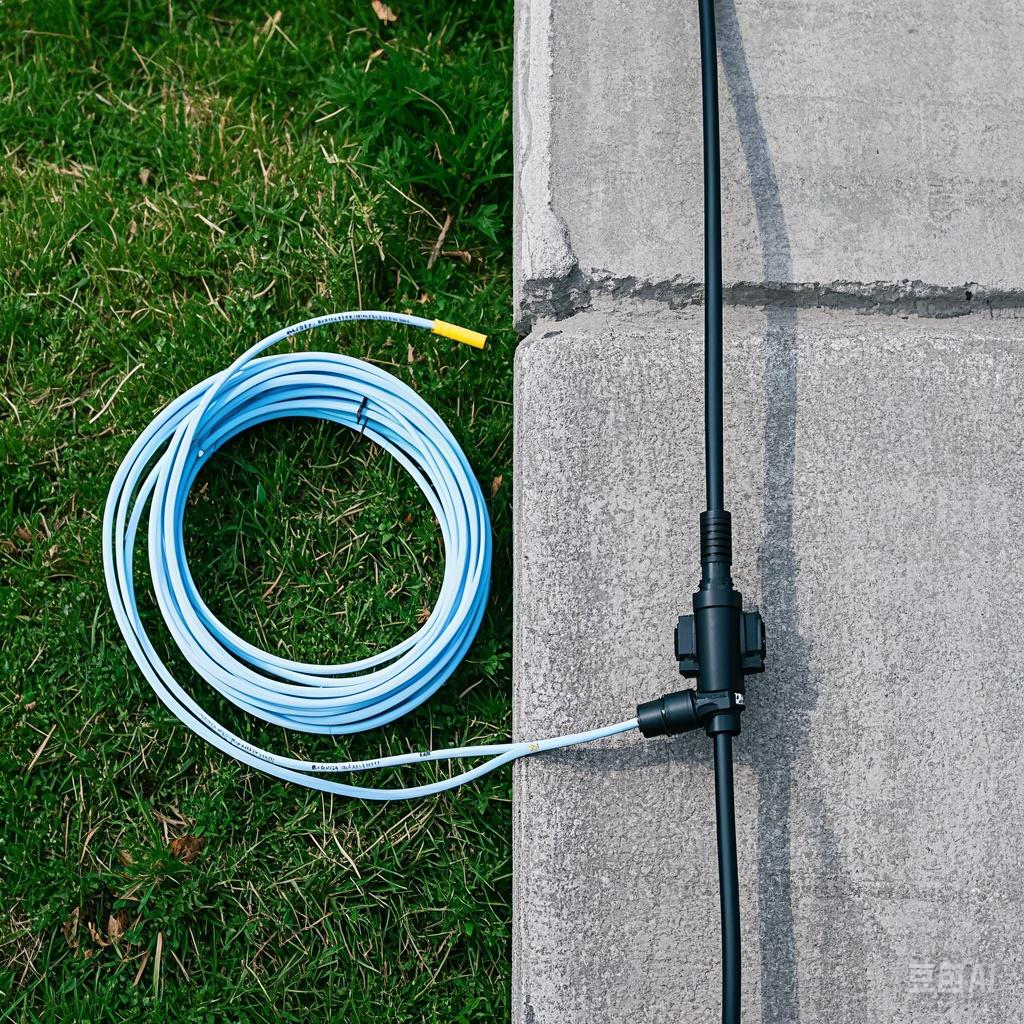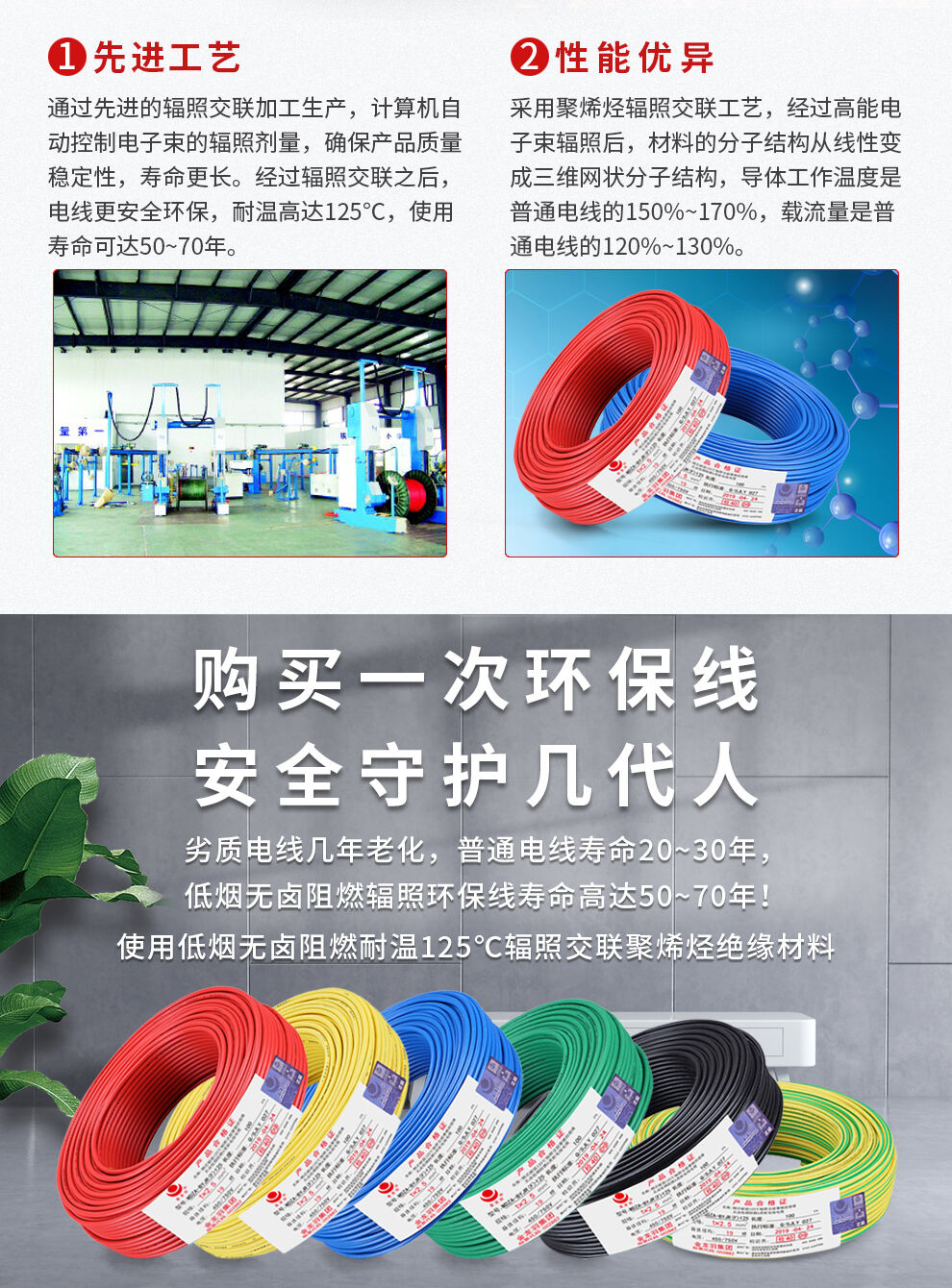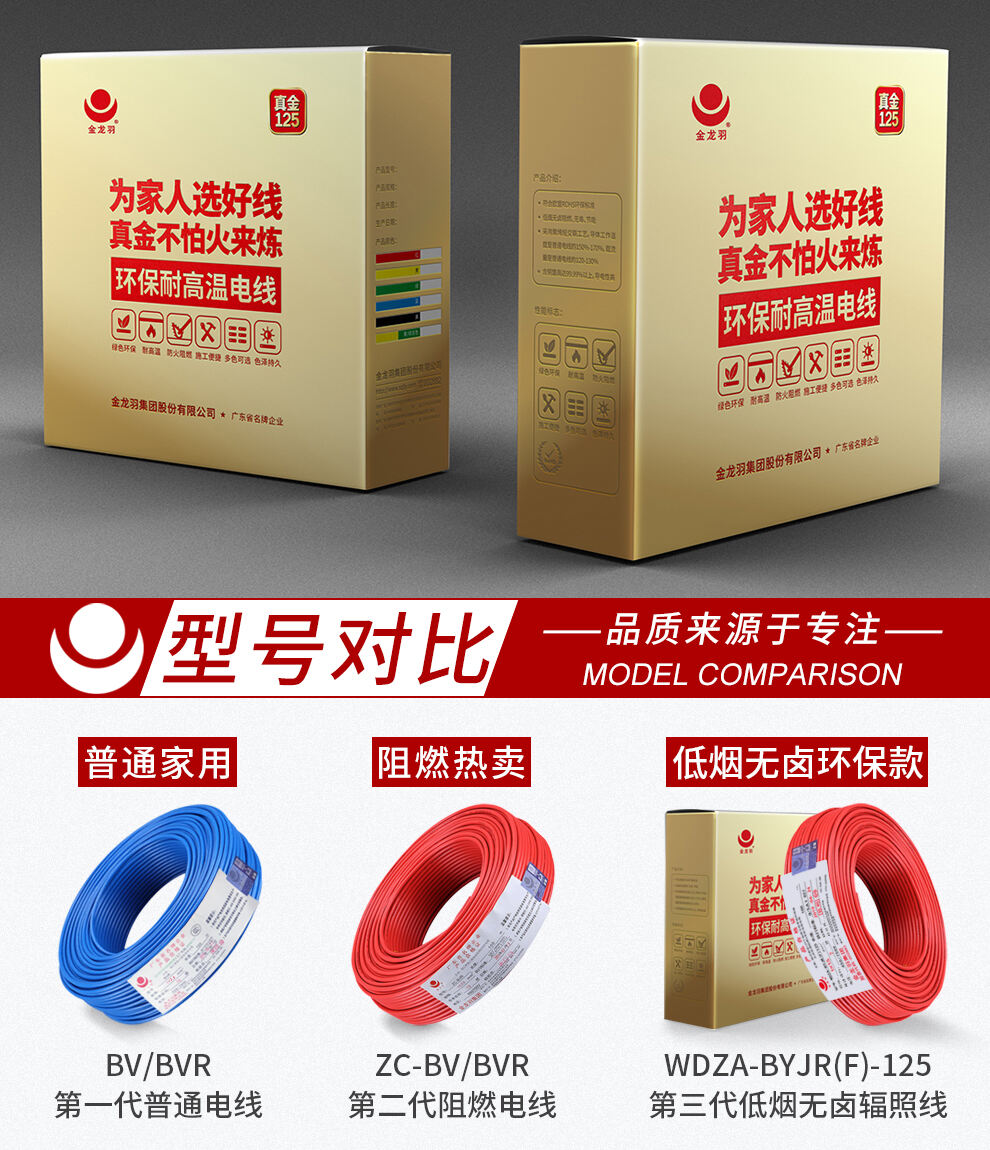When undertaking projects, the choice between flexible wires and rigid wires depends on various factors related to the project's requirements and constraints. Flexible wires, composed of multiple thin strands of conductors, offer superior bendability and adaptability, making them ideal for applications where movement is involved, such as in robotics, automotive wiring harnesses, or portable electronic devices. Their flexibility allows for easy routing through tight spaces and around obstacles, reducing installation time and effort. On the other hand, rigid wires, typically single solid conductors, provide higher mechanical strength and stability, which is beneficial for fixed installations like building electrical systems, overhead power lines, or large - scale industrial wiring where minimal movement is expected. Rigid wires are less prone to damage from repeated flexing and can better withstand external forces, ensuring long - term reliability in stationary setups. In projects with complex cable management needs, flexible wires can be more easily organized and bundled, while rigid wires offer a more straightforward and rigid layout that is easier to maintain in static environments. Understanding the unique characteristics of flexible and rigid wires is essential for selecting the most suitable option to meet the specific demands of each project.


